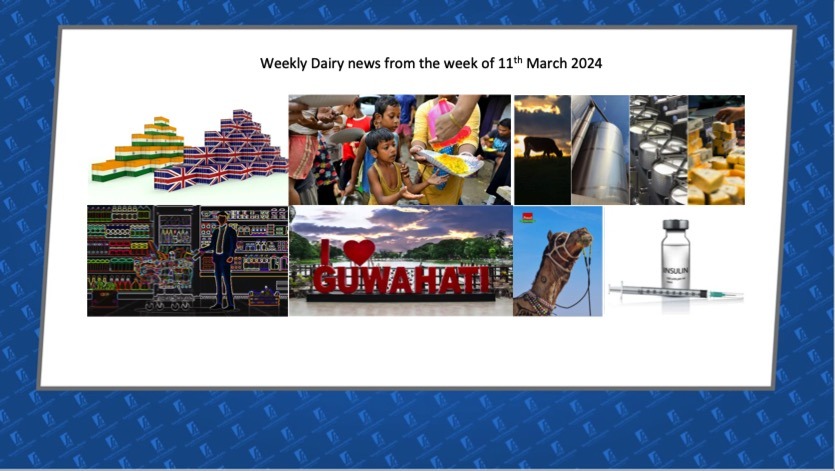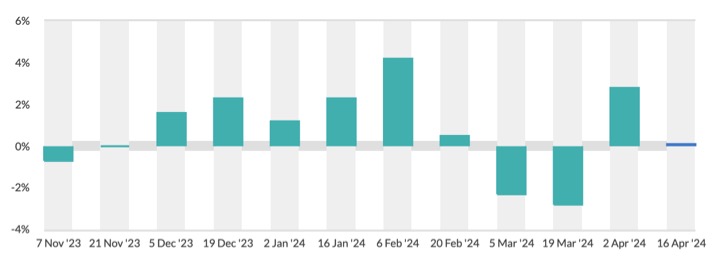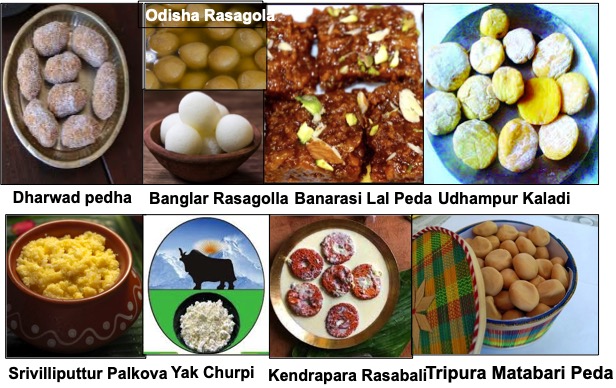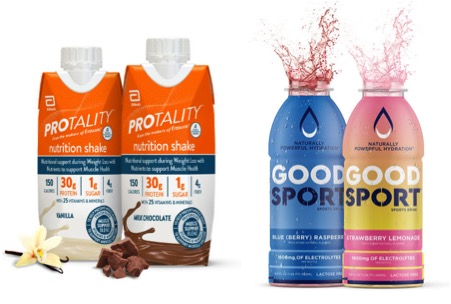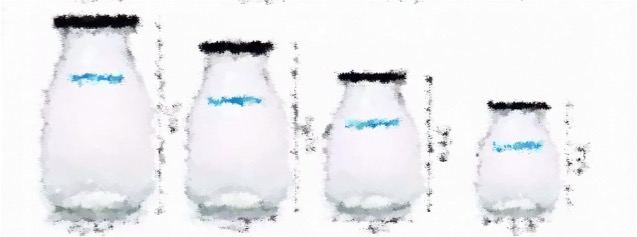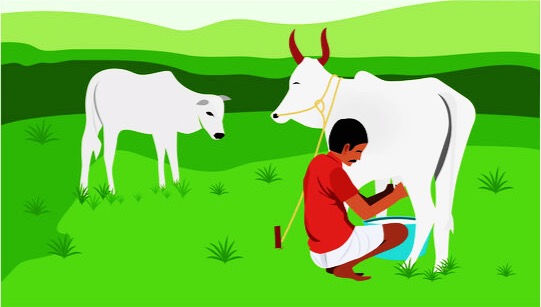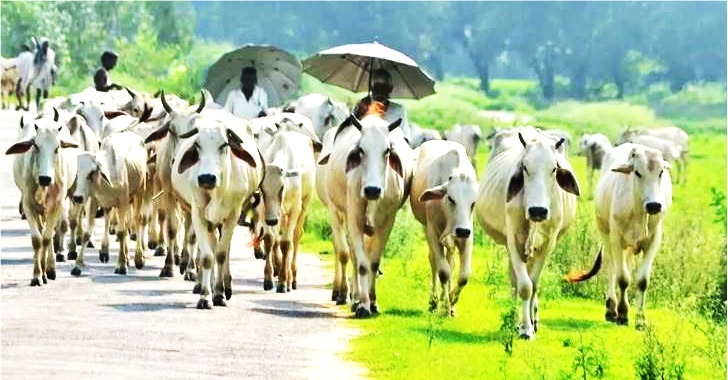John McCabe, Teagasc/Aurivo Joint Programme Advisor, looks at the factors affecting and the steps to take to improve milk protein percentage in May and June.
Figure 1 below from the Central Statistics Office (CSO) indicates a few different things to us. Firstly, milk protein percentage flat lines for the summer months (red circle). Secondly, milk protein percentage takes a dip in March (black box). And finally, milk protein percentage has increased over the last decade.
Figure 1: Monthly milk protein % delivered from 2010-2020

There are many herds that don’t dip below 3.4% in March and gain protein percentage in May, June and July, which is worth good money to them. Protein is also a good indicator of energy status, so we can assume litres would be better if protein is better; this is worth more again. Most of the good decisions these herds make that avoid them being ‘average’ happen in May and June.
What decisions are they?
Mow your paddocks
Protein (%) delivered to the co-ops stays static for the summer months on average. To improve this, start correcting grass swards as a matter of urgency. Seed head has appeared and needs to be dealt with. Mow out surplus grass.
I spend a lot of my time with groups of farmers looking at the grass on offer to dairy cows. I can confirm that a lot of the time the cover is too high. This leads to poor graze outs and stemmy grass, which is the recipe for that red circle in Figure 1.
When you have the surpluses baled, you may need to pre-mow the odd one or top the odd one over the next few weeks. You are not a bad farmer if you do. But the first approach should always be to bale heavy covers. As some ground was tramped in late April and early May, you might need to start correcting swards in a more urgent manner, which would involve these less than ideal methods.
On a side note, meal costs around 45c/kg of dry matter, which – if we think about that statement in itself – is astronomical. The difference between feeding 5kg and 3kg of meal or 4kg and 2kg of meal is around €0.90-1. If you are worried about the tank dropping in the region of one litre for a kilogram of meal you pull out, then your cows were not getting enough or the right quality grass or both. It is actually a bad sign if you are getting a response to 5kg. The milk price is under pressure and people got away with this last year but won’t this year.
Mow your silage on time
Last week was dry and plenty of people got their first cut in since the 12th or 15th of May. This should be good quality and fit for milkers next spring. There was a lot of dry cow silage fed to milking cows at peak production this year, which will make that dip in the graph worse. The game has moved on – you need a good portion of your silage to be ‘milking cow silage’. Most herds I deal with that rear their own replacements need around 50% of it to be high quality. If your silage is not good quality, is stemmy and is still not cut – how are you going to get your ‘milking cow silage’ saved in 2023? Think about this. You know your farm best. You also know how much of what type of silage you have left over from last year, which can drive your plan for this year.
Genetics
Genetics accounts for the lion’s share of the improvement in milk protein percentage in the timeframe shown above. Your bull team should average 0.18-0.2% protein. For a bunch of stock to average 4% protein for the year, their protein PTA on the EBI report has to average 0.17. Most people have their dairy AI bulls bought and used. A lot of you are finished with dairy semen, so I will not expand any further than that.









